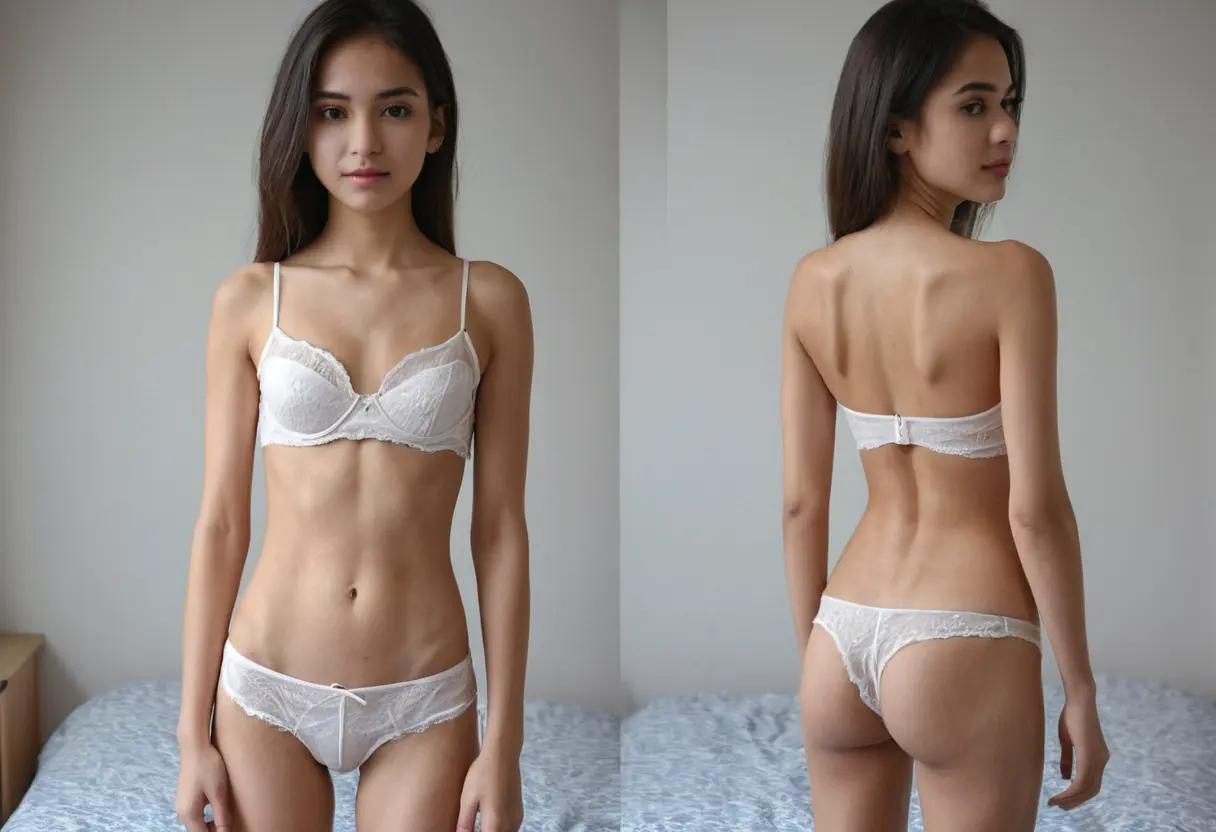
Undress AI, a cutting-edge project hosted on GitHub, is creating waves in both the fashion and image processing industries. This open-source artificial intelligence tool is transforming how fashion design and image manipulation are approached. By using deep learning models, Undress AI enables the digital "undressing" of clothing in images, an innovation that has numerous applications in fields like virtual fashion, e-commerce, and augmented reality. In this article, we will explore how Undress AI works, its implications for the fashion industry, its technical components, and the future potential of this groundbreaking technology.
Undress AI is an advanced machine learning model that specializes in recognizing clothing items in images and "removes" them in a realistic manner while maintaining the original body structure. The technology relies on computer vision algorithms, particularly convolutional neural networks (CNNs), to segment the image and identify the parts corresponding to clothing. The model then predicts the underlying skin or body, producing a realistic result. Although this may sound controversial, Undress AI is primarily designed to aid in digital fashion design, enhancing e-commerce experiences, and improving virtual try-on applications.

One of the most exciting applications of Undress AI is its potential to transform fashion design processes. Fashion designers can use the AI model to visualize how their clothing designs look on a variety of body types without needing to create physical prototypes. This not only speeds up the design process but also reduces costs associated with sample production. Additionally, by removing clothing digitally, designers can focus on the fit, texture, and appearance of garments in different lighting and scenarios. This leads to more accurate representations of fashion designs before they are manufactured.

E-commerce has been one of the major beneficiaries of Undress AI technology. Online shopping often presents challenges when it comes to visualizing how clothing will fit or look in real life. Traditional product images are static and do not allow customers to see the fit of the clothing on various body types. With Undress AI, online stores can provide a more immersive shopping experience by allowing users to see how the clothing fits and moves on digital models, even in different virtual environments. This can reduce return rates and improve customer satisfaction by providing more accurate depictions of clothing.

Virtual try-on technology has already begun to reshape the way consumers shop for clothes. By using augmented reality (AR), customers can now try on clothes virtually before making a purchase decision. Undress AI enhances this experience by providing a realistic simulation of how a garment would fit on a user's body without needing to try it on physically. The AI removes the need for physical mannequins or models by creating digital avatars that can showcase how clothing fits and looks in real time. This technology not only benefits consumers but also opens new opportunities for retailers to engage with customers through innovative virtual shopping experiences.
Despite the promising potential of Undress AI, it has sparked ethical debates and concerns, particularly regarding privacy and the potential for misuse. Some critics worry that the technology could be used to create inappropriate or non-consensual digital depictions of individuals. Developers of Undress AI and similar technologies must ensure that safeguards are in place to prevent the tool from being misused. This includes using the technology in ways that promote positive outcomes, such as enhancing fashion design, improving e-commerce experiences, and ensuring the protection of user data. Ethical guidelines will be essential for ensuring the responsible use of AI in fashion and image processing.
The power behind Undress AI lies in its use of advanced deep learning models. The primary technique used in the model is a form of image segmentation, where the AI is trained to separate the clothing from the body in an image. This involves several key steps:
As AI continues to evolve, the future of tools like Undress AI looks promising. We can expect further advancements in realism, speed, and scalability. With improvements in computational power and access to more diverse datasets, the model could eventually handle more complex scenarios, including animated or dynamic clothing interactions. Additionally, AI-driven virtual fashion could become even more personalized, allowing users to design their own clothing and see how it fits in real time. The integration of such technologies into industries like film, gaming, and healthcare is also a possibility, making the future of AI-driven image processing incredibly exciting.
Undress AI on GitHub represents a major breakthrough in fashion and image processing. From revolutionizing the fashion design process to enhancing e-commerce and virtual try-on experiences, this technology is poised to make significant contributions to various industries. However, like all powerful technologies, it also raises important ethical questions that must be addressed as it becomes more widely used. As the AI field continues to develop, the responsible use of tools like Undress AI will be crucial for ensuring that the technology benefits society in a positive and productive way. The future of fashion and image processing looks brighter than ever, and Undress AI is leading the charge.